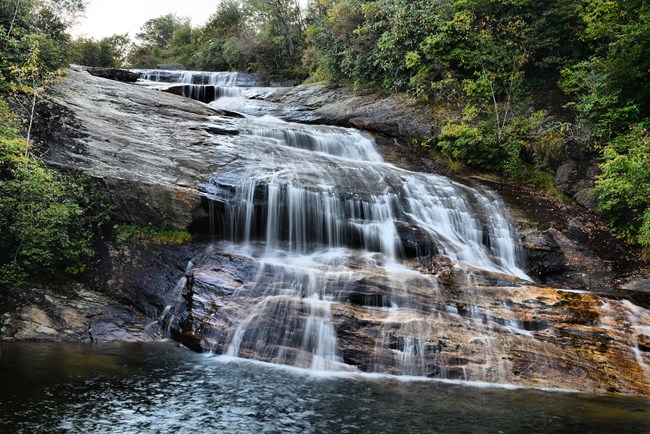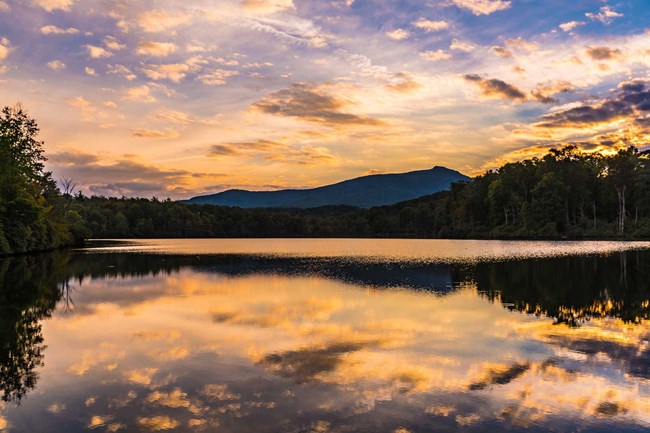|
While terrestrial systems, such as our fields and forests, get most of the visitor’s attention, aquatic systems make up an important part of the park’s natural and cultural resources. These systems are divided into two categories, lentic and lotic. Read on to learn the differences between the two! 
Alex Armstrong Lotic SystemsAquatic systems that consist of flowing fresh water are known as lotic systems. We have an amazing 241 miles of streams and rivers in the park. Almost 2/3 of these miles are headwater streams, including the sources of many creeks and rivers originating in tiny seeps and springs. Ranging in elevation from below 1,000 to above 5,000 feet, lotic systems play in an important role throughout the park. 
NPS Lentic SystemsStanding freshwater systems are known as lentic systems. While these can take a wide variety of forms from swamps and bogs to lakes and lagoons, here in the mountains our lentic waters are limited to man-made waters and beaver ponds. There are 13 lakes and ponds that form part of the designed landscape, ranging in size from the 45-acre Price Lake to ponds smaller than 1 acre. Altogether the lentic systems in the park total just over 120 acres. |
Last updated: July 27, 2021
